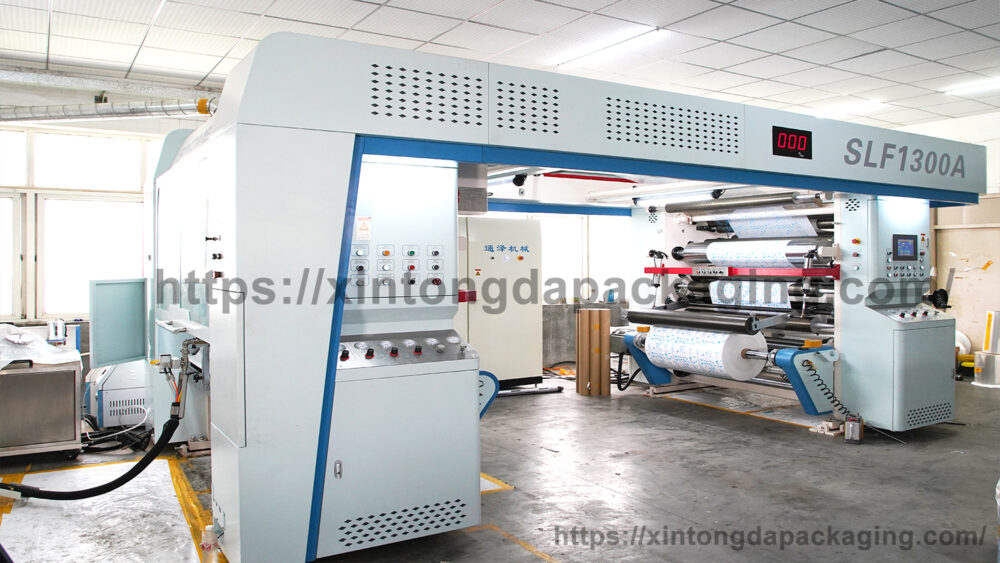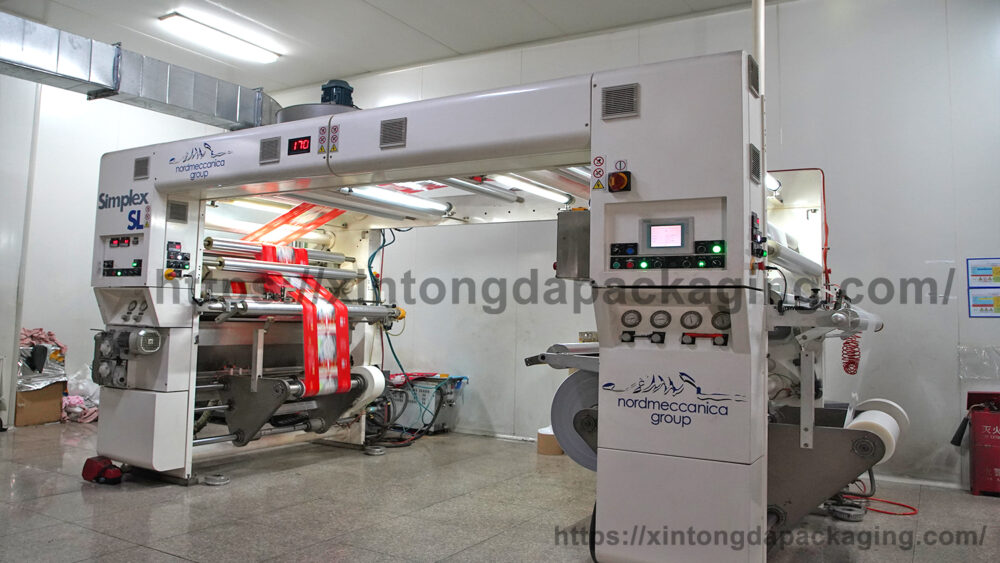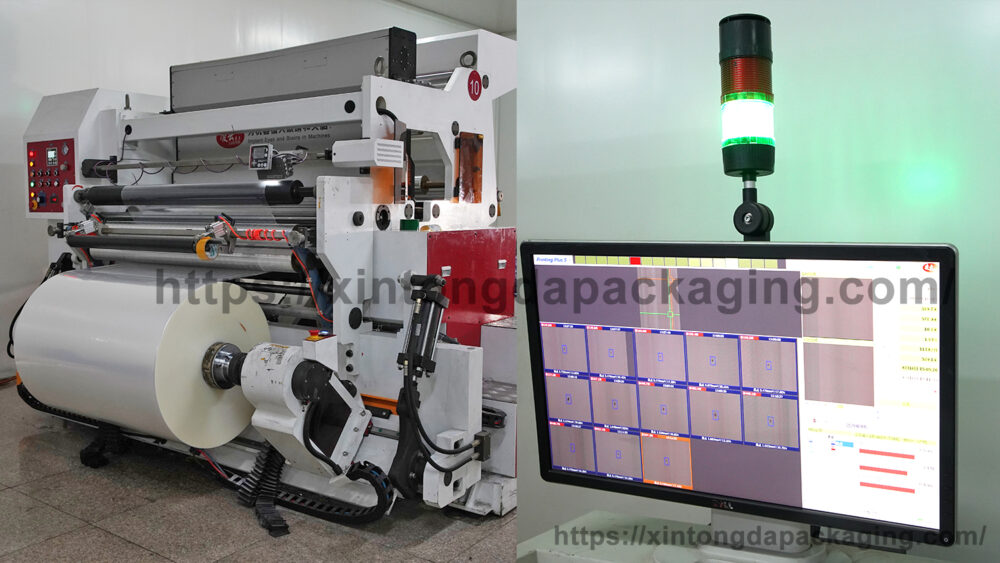In the 21st century, the application of flexible packaging can no longer be separated from our lives. From the snacks and bread on the shelves of convenience stores to the fresh food in hypermarkets, these packages are called flexible packaging. Because flexible packaging appears everywhere in our daily life, it highlights the importance of environmentally friendly adhesives to bond the surface of flexible packaging.This time, we will introduce solvent-free flexible packaging adhesives, their advantages as environmentally friendly adhesives, and how to use them.

Advantages of solvent-free flexible packaging adhesives
1. No environmental pollution
Because it is a solvent-free adhesive, there is no volatilization of solvent during use, and it will not cause environmental pollution.
2. Reduce energy use
During the production process, there is no need to use drying equipment to dry the solvent.
3. Eliminate the erosion of solvents on printing inks
Inks are usually affected by solvents and have adverse effects. Solvent-free adhesives will not affect the performance of inks due to solvents.
4. Cost reduction
The amount of glue used in solvent-free flexible packaging adhesives is much less than that of solvent-based adhesives, thereby reducing costs.
5. The finished product has good stability
Eliminate the influence of high temperature and solvent on the substrate product, so that the stability of the finished product is good.
6. Small footprint
The equipment used is simple, and the occupied area is much smaller than that of solvent-based adhesives.

Solvent-free composite process
The solvent-free composite process can be roughly divided into six steps, namely:
1. Unwind
Under a certain tension control, the base material to be compounded is unfolded smoothly for gluing and compounding actions. The base material can be divided into two layers, respectively the main base material and the auxiliary base material, and the corresponding unwinding is called the main unwinding and the auxiliary unwinding.
2. Glue
At a fixed temperature, the adhesive is mixed in a certain proportion, and then transported to the place where the glue is stored on the compound machine.
3. Coating
Apply the adhesive evenly on the substrate according to the machine structure of the composite machine and the requirements of the product.

4. Composite
Under appropriate and uniform pressure, the main base material and the auxiliary base material are combined.
5. Winding
Coil the composite film with a fixed tension and winding pressure
6. Curing
Put the coiled composite coil in a certain temperature environment, so that the adhesive can react to achieve the desired composite fastness. Curing is one of the most important processes for solvent-free laminators and usually takes a long time to complete.




